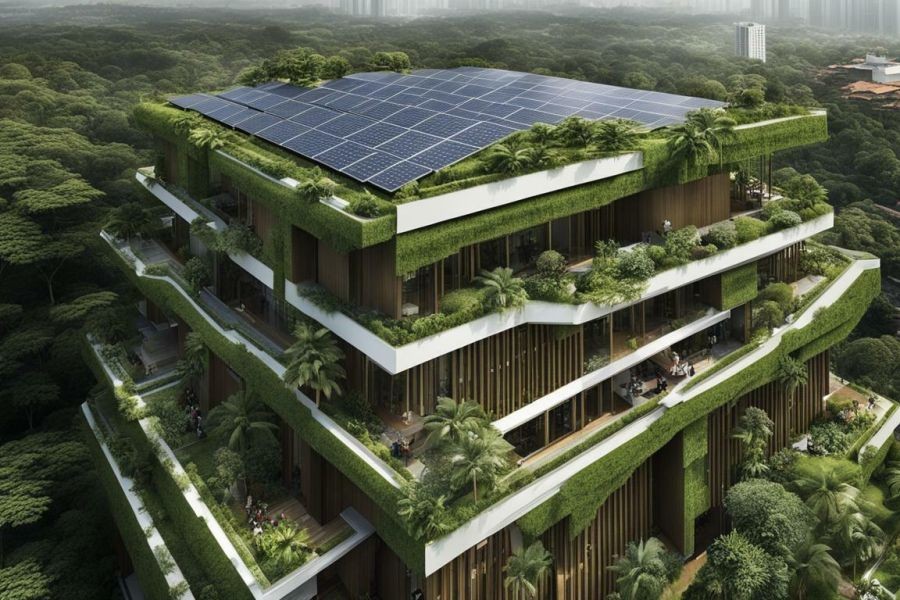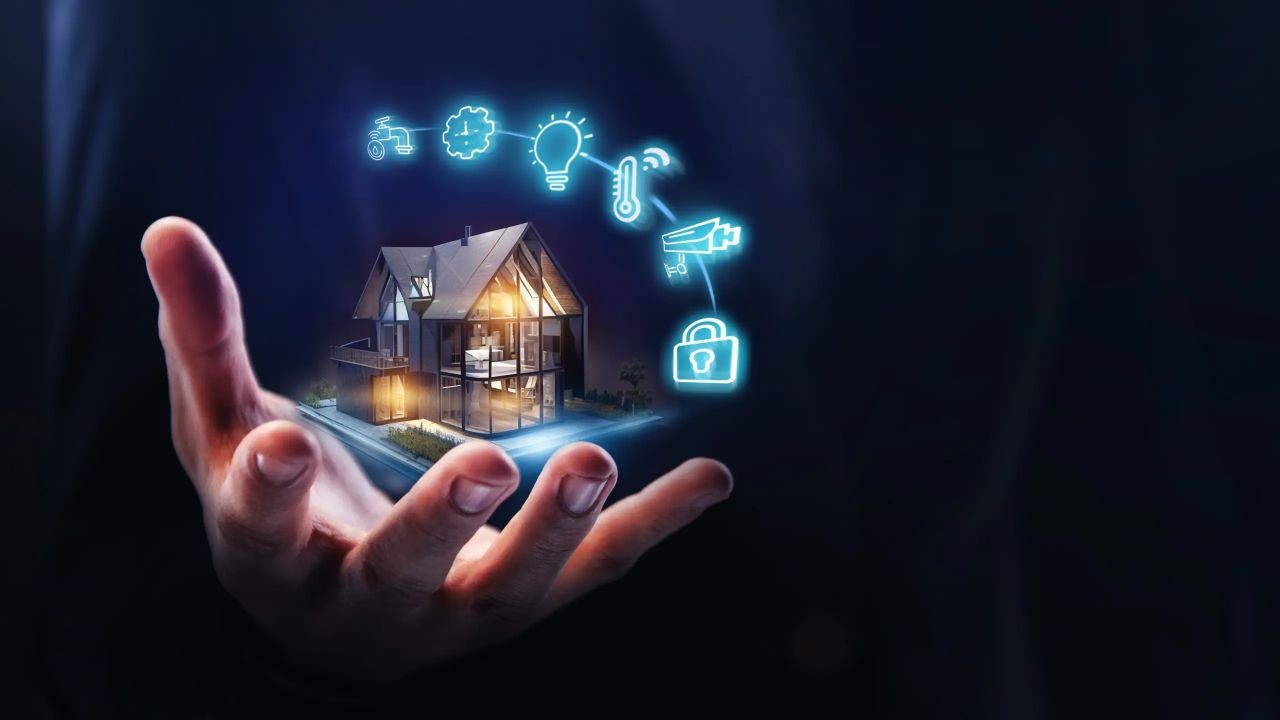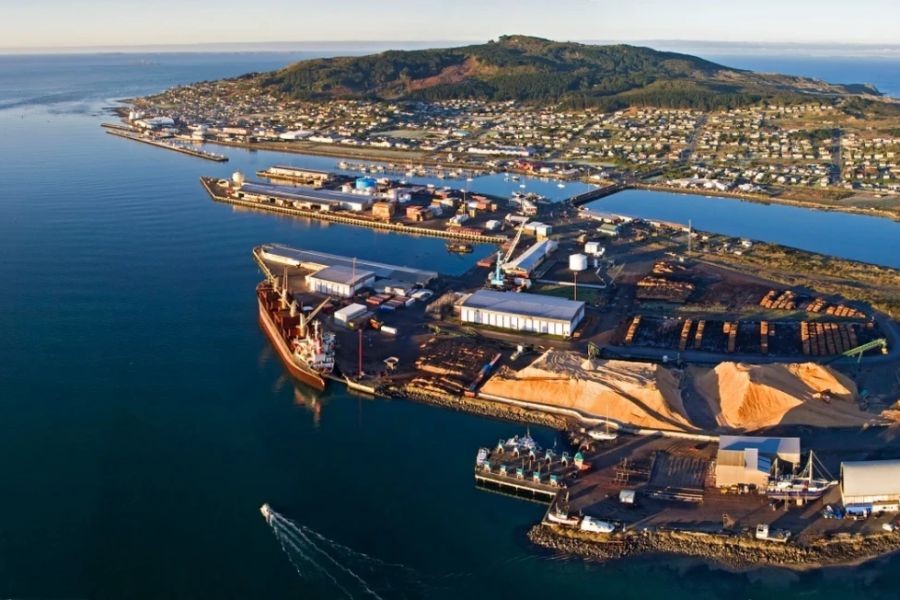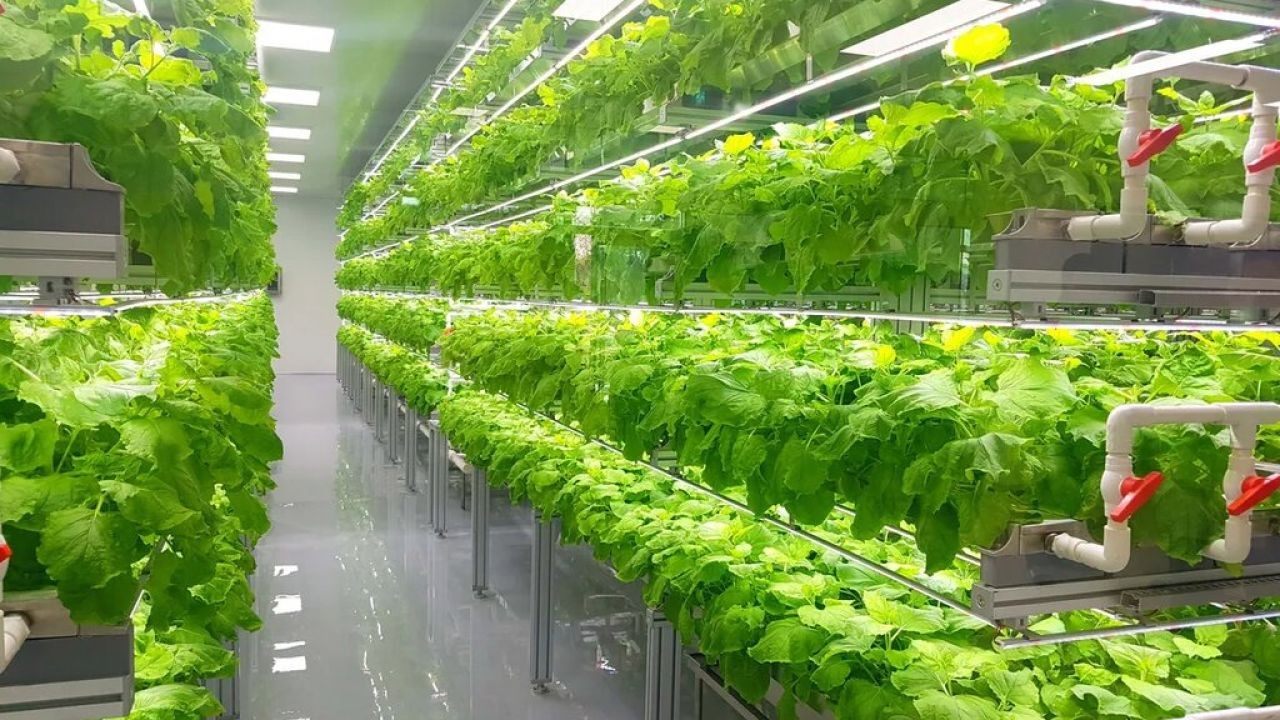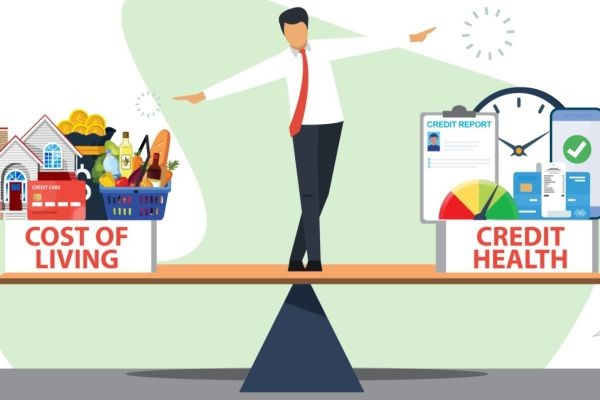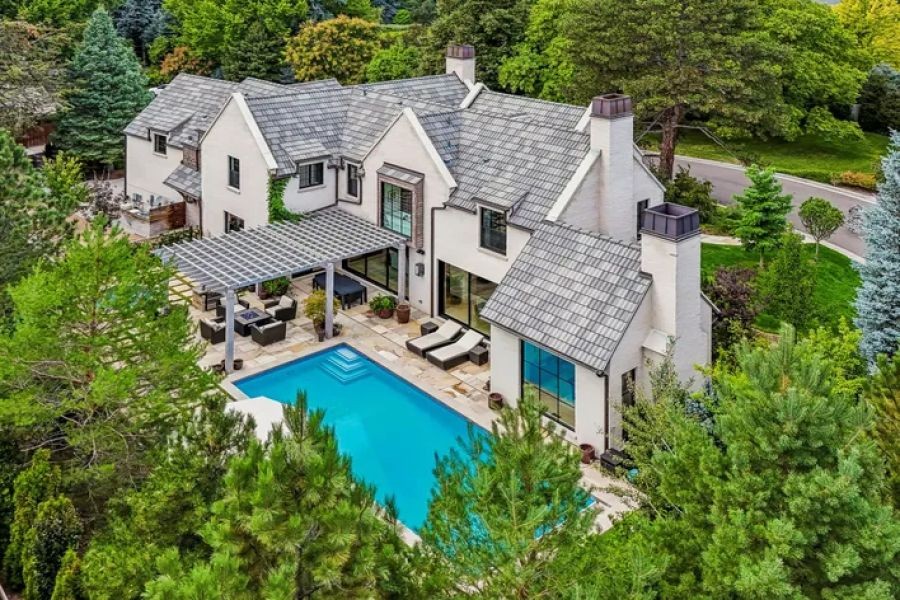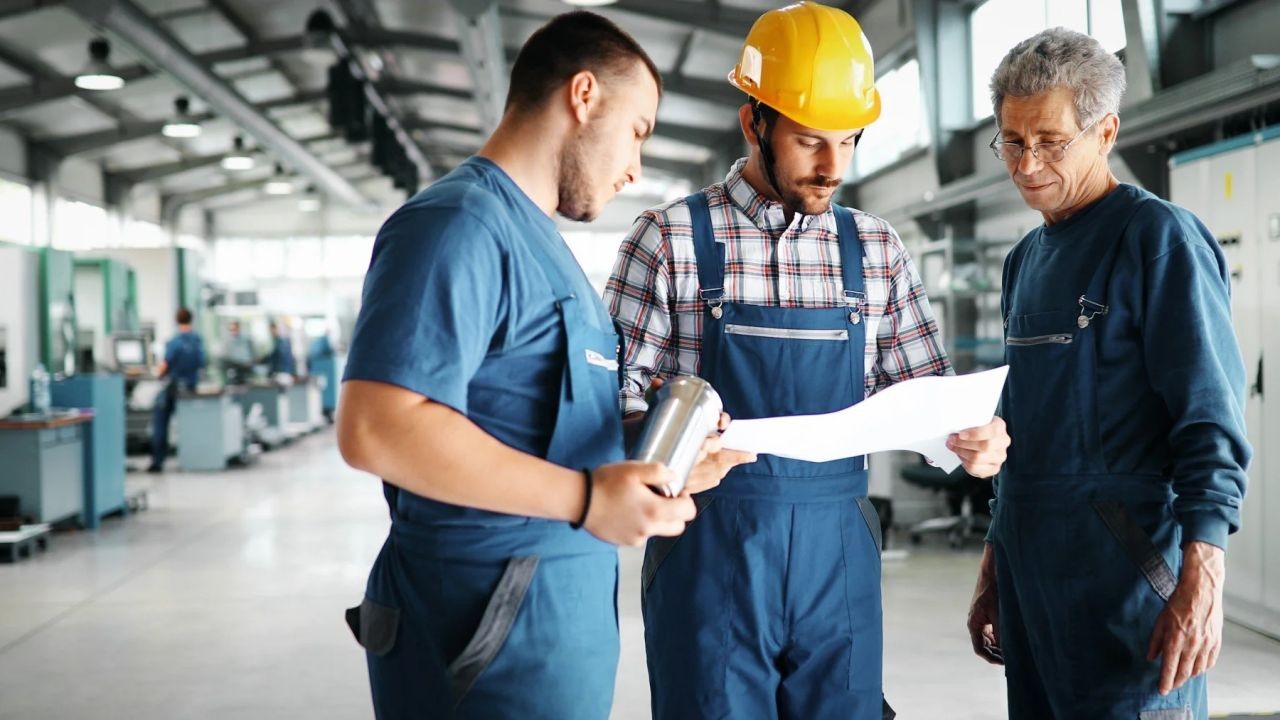A New Era of Construction
Imagine a New Zealand where buildings generate as much energy as they consume. With the global push towards sustainability, the concept of net-zero construction is gaining momentum, but is it truly achievable in New Zealand?
As climate change accelerates, the construction industry faces pressure to reduce its carbon footprint. A recent report by Stats NZ shows that buildings contribute approximately 20% to the country's carbon emissions. The urgency for sustainable solutions has never been greater.
In this article, we explore whether net-zero construction is a feasible goal for New Zealand, examining local industry trends, expert insights, and real-world examples. Join the conversation: Can we build a greener future?
Understanding Net-Zero Construction
Net-zero buildings are those that produce as much energy as they consume over a year, often through renewable sources like solar panels. The key is balancing energy consumption with production, resulting in a net-zero energy footprint.
While the concept is promising, achieving net-zero requires overcoming significant challenges, including costs, design complexities, and regulatory hurdles.
Case Study: Hobsonville Point, Auckland
One pioneering example in New Zealand is the Hobsonville Point development in Auckland. Initially faced with skepticism over its ambitious sustainability goals, the project aimed to incorporate energy-efficient designs and community-led initiatives.
- Problem: High energy costs and environmental impact.
- Action: Implemented solar energy systems and sustainable building materials.
- Result: Reduced energy consumption by 30% and improved community engagement.
- Key Takeaways: Community involvement and innovative technologies are crucial for success.
According to the New Zealand Green Building Council, such projects demonstrate the potential for scalable, sustainable communities.
Data-Driven Insights
A report from the Ministry of Business, Innovation and Employment (MBIE) highlights that adopting energy-efficient building standards could reduce national energy consumption by 50% by 2050. This data underscores the potential impact of widespread net-zero construction.
However, a Deloitte survey indicates that only 25% of New Zealand developers currently prioritize sustainability in their projects, pointing to a significant gap between potential and practice.
Debunking Common Myths
- Myth: Net-zero buildings are too expensive to construct. Reality: While initial costs can be higher, long-term savings on energy bills often offset these expenses, as evidenced by case studies like Hobsonville Point.
- Myth: Net-zero construction is only for residential buildings. Reality: Commercial and public buildings can also achieve net-zero status, benefiting from reduced operational costs and improved public image.
- Myth: Renewable energy sources are unreliable. Reality: Advances in energy storage and grid integration have significantly improved the reliability of renewable energy systems.
Which of these myths did you believe before reading this? Drop your thoughts below!
Challenges and Opportunities
The road to net-zero construction is fraught with challenges, including regulatory barriers and the need for skilled labor. However, these challenges also present opportunities for innovation and growth in the green building sector.
By prioritizing education and training in sustainable building practices, New Zealand can develop a workforce capable of driving the industry forward.
Final Takeaways
- 💡 Insight: Net-zero construction can significantly reduce New Zealand's carbon footprint.
- ✅ Strategy: Community involvement and technology adoption are key to successful projects.
- ❌ Mistake to Avoid: Underestimating initial costs without considering long-term savings.
- 🔥 Pro Tip: Leverage government incentives for sustainable building projects.
- 📊 Fact: Projects like Hobsonville Point demonstrate the viability of net-zero communities.
Conclusion: Building a Greener Future
As New Zealand looks towards a sustainable future, net-zero construction offers a promising path forward. While challenges remain, the potential benefits—environmental, financial, and societal—are substantial.
Ready to embrace the future of green building? Start by exploring government incentives and local resources to support sustainable projects. What’s your next move? Are you prepared to build a better tomorrow?
If you found this article insightful, share it with your network or comment with your thoughts!
People Also Ask
- How does net-zero construction impact New Zealand? Net-zero construction could reduce NZ's carbon footprint and energy bills by 50%, according to MBIE.
- What are the biggest misconceptions about net-zero construction? One myth is that it's too costly, but long-term savings often outweigh initial expenses, as shown in NZ projects.
- What are the best strategies for implementing net-zero construction? Experts recommend starting with energy-efficient designs, followed by renewable energy integration, and ensuring community engagement.
Related Search Queries
- Net-zero construction New Zealand
- Sustainable building practices NZ
- Green building trends 2023
- Renewable energy in NZ construction
- Hobsonville Point sustainability
- MBIE building standards
- NZ Green Building Council initiatives
- Future of construction in New Zealand
- Energy-efficient building materials NZ
- Government incentives for green buildings






